
The insider's guide to Irish Dancing
Written by Ciaran Vipond on May 08, 2023 | 0 Comments
Riverdance brought it to a global audience, but dancing has held a special place in Irish people's hearts long before that first spectacular performance of the iconic show back in 1994. Here at My Irish Jeweler we are lucky enough to have Danny, a professional Irish dancer in our midst, to introduce us to Irish dancing, its history and give an insider's view of this global Irish cultural phenomenon.

What is Irish dancing?
First thing’s first, what is Irish dancing? Unsurprisingly given the name, it is a traditional form of dance from Ireland. But that word "dance" hides a multitude as there are many different types.
Types of Irish Dancing
You can split Irish dancing up in many different ways. Going by the number of participants there is solo dancing, pairs, or groups both big and small as in céilí and set dance. The world record for the longest Riverdance line was set in 2013 in Dublin city centre on a bridge over the river Liffey with.a very impressive 1,693 participants!
It can be done for fun, as performance either traditional or modern, or in formal competitions, known as feiseanna. There are also different dance types for different footwear too. “Soft shoe” dances like jigs and reels, where lace up pumps that look a little like ballet shoes are worn to aid with the intricate footwork and being light on the feet.

Photo Credit: Danceworld
The hard shoe dances includes what most people would think of with "Irish dance" or "step-dance" and sean-nós, traditional dance. In heavy jigs and hornpipes, dancers wear a leather shoe with a hard toe and heel which helps generate the sharp percussive sound when feet hit the floor. “Hard shoe” dances have become a globally popular form.

Photo Credit: Andreas Schepers (CC BY-NC-SA 2.0)
So with so many different types, what makes them all “Irish Dance”? They all broadly involve intricate footwork and a relatively still and sometimes even rigid upper body, with limited arm movements
Why so stiff?
The most well known type of Irish dancing is pretty unusual for the lack of upper body movement. And even in the older, more casual sean-nós dance style, there isn’t a huge amount of upper body movement. This stillness has been the source of both pride and some mirth in Ireland and abroad, and used to great effect in one famous TV advert.
So where does this unusual form originate? Some propose it is due to the firm hand of the Catholic church ensuring contact between dancers would be limited. This doesn’t seem to fit with the timeline for the origins of Irish dancing, nor with the fact that many traditional group dances allow for plenty of contact.
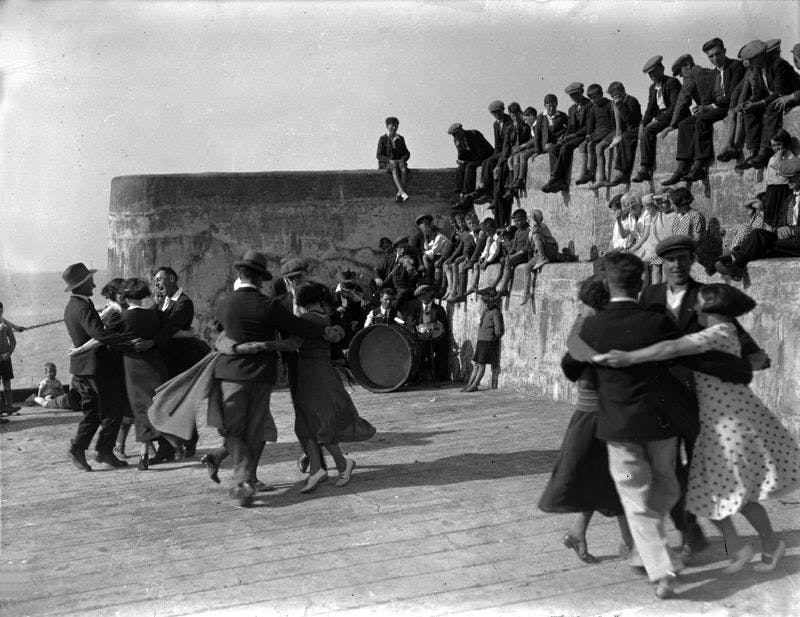
Dancing at Clogherhead 1935
Others hypothesize that it was to keep dancing out of the sight of colonial forces when Irish culture was being actively suppressed. If all of the dancing was in the feet, someone passing by a window mightn’t realize people were practicing. Again this seems a little fantastical to us but perhaps it has a grain of truth.
Perhaps more plausibly, again because Irish culture was suppressed, many dances were held in small spaces, in people’s homes. Dancers would have to get up on top of a table or barrel to show off their fancy footwork to all in attendance. This precarious dance floor wouldn’t have allowed for much or any lateral movement or rash gestures. The rigidity might have helped with balance!
It’s also very difficult to do such an athletic, powerful, and aerobically challenging dance without drawing on your upper body. As a result, in competition, dancers are rewarded high points for pulling off athletic kicks and leaps while keeping their upper body still, reinforcing this form.

Photo Credit: Jim Larson (CC BY-NC-SA 2.0)
When did Irish Dancing start?
Irish dancing has had several waves of popularity over its long history. We know numbers surged in the 1800s with the Celtic revival and the founding of the Gaelic League. Then again in the 20th century with the founding of the Irish state. And of course the explosion of interest after Riverdance in the 1990’s. But when did it all start?

Painting by Trevor Thomas Fowler C 1835. 'Children dancing at the crossroads' in the collection at National Gallery of Ireland. Dublin, Ireland.
Photo Credit: Public Domain
Celtic Roots
This is trickier to answer than you might think. Ancient Ireland had an oral culture, so written records of traditions and history are thin on the ground and what we do know often comes from commentary from visitors. The first documented evidence of Irish dance dates to 1413. But it is probably quite a bit older than that and potentially has its roots in pre-Christian Ireland, with Celtic ceremonies that celebrated the trees and the sun.

Photo Credit: Annie Spratt on Unplash
A Royal fan club
From records dating to the 1600s it is clear that Irish dance was popular across the island even then. A letter written to Queen Elizabeth I in 1569 states that Irish dancers in Galway "...are very beautiful, magnificently dressed and first class dancers." The writer continued describing the dancers' formed two straight lines, suggesting a form that we would recognize today.

Photo Credit: Kenneth Allen (CC BY-SA 2.0)
How did Irish dancing become a global phenomenon?
Records from the 1600s show traditional dance was an integral part of Irish culture and community across the island. Each would have its own unique approach, steps and sets.

Woman doing damhsa an scuab, the brush dance in Augher, Co. Tyrone.
Dance masters and the Gaelic League
Dance masters in the 1800s spread the tradition and started informal competitions between local dancers. But a pivotal moment for Irish dance was the establishment of the Gaelic League in 1893. They set about codifying an preserving many forms of Irish dance. This lead to the loss of some dances, but the development and spread of others through formal competitions, the feiseanna.

The Dancing Master / Arrival of the Village Fiddler by H. Helmick (1876-1901)
Photo Credit: Collection of Maggie Land Blanck
This was mirrored in the UK and USA where Irish immigrants had settled with dancing schools that were set up in the 1890’s in Boston, Chicago, New York, and San Francisco. In the early 20th century, formal and very popular Feiseanna were held in these cities. A champion dancer of the time was even quoted saying that America lead Ireland when it came to Irish dancing.
Riverdance
Irish dance was a global movement thanks to the active Irish diaspora, long before the phenomenon of Riverdance. But the influence of Riverdance can’t be understated.

Photo Credit: Tor Lindstrand (CC BY-SA 2.0)
Just two years after Riverdance debuted, entrants at the World Irish Dancing Competition were up 20%. In the years that followed Irish dancing federations were set up around the world from South America, to South Africa and the show that started it all circled the globe multiple times.
Perhaps this gets to another reason Irish dance spread so readily worldwide. One assumes its the same reason dances were held in cottages hundreds of years ago. Irish dancing is exhilarating. Both dancing the steps and watching the intricate movements can set the pulse racing.
Closer to home, it's what got our own Danny into dancing. He saw Riverdance when it first appeared in 1994 as the interval act of the Eurovision Song Contest, and knew he wanted to be on that stage.
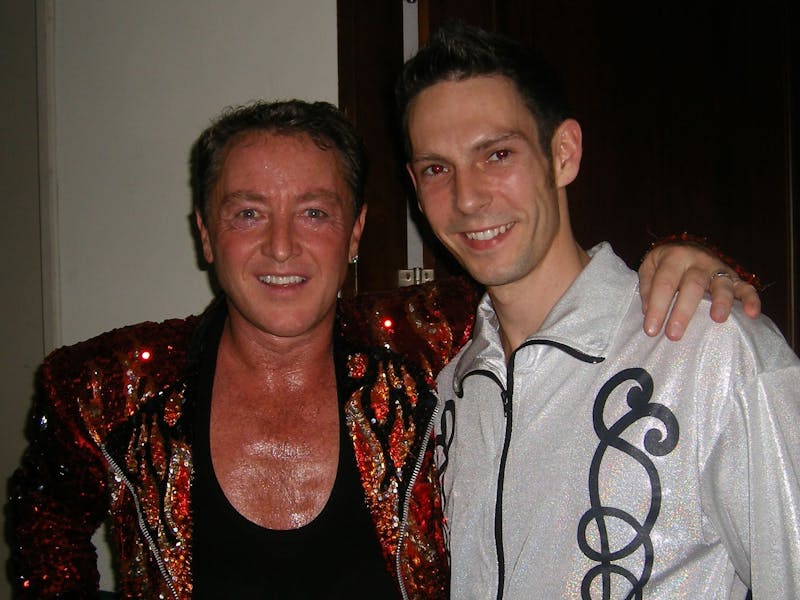
He taught himself the steps and after a few years of lessons and competition, he got to share the stage with The lord of the Dance himself, Michael Flatley. His dancing career lasted for over a decade and took him to all corners of the globe, before landing in Dublin and joining the My Irish Jeweler team.

Photo Credit: 360ENTERTAINMENT
Get started Irish Dancing
So now you have your grounding, perhaps you might be inspired to follow in Danny's highly trained footsteps and try a few steps yourself? Every Irish school child learns, or at least tries to learn the 1-2-3. It may look easy but it will take some practice!
If you keep at it who knows, you may end up like our fantastically talented Danny! Watch him in full flight below with his fellow dancers in the spectacular group, Slide Step. Be sure to watch with the sound on for full effect.
Tell your story
Do you have your own Irish dance story to tell? We would love to hear it. Drop a comment below or send us an email. We love to hear stories from our community worldwide.
Get In Touch
Have a question or something you're not entirely sure about when browsing our pieces? Please reach out. You can send us a note or give us a call—the Dublin workshop is here to make sure that you have a perfect experience from start to finish with My Irish Jeweler.
Follow us on Facebook and Instagram, to see what's new and upcoming. Join our Email list for early offers and special features.

Ciaran Vipond
My Irish Jeweler
Born in Co. Antrim and reared in Dublin, I was fascinated with Gaelic culture from an early age. I suppose it's not surprising given my mother inherited a grá for the Irish language from my grandfather, an Irish school headmaster. And that grá continues! My brother and sister are now Gaelic teachers here in Ireland, my niece is an award winning Irish dancer, and I proudly work to share Irish culture through our Irish and Celtic Jewelry at My Irish Jeweler!
I love researching and reading about the history of Irish design. It's at the core of what we do here at My Irish Jeweler. I find much of it so interesting that I have to share what I find. I hope you enjoy it!
Comments



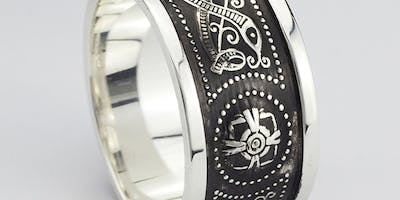

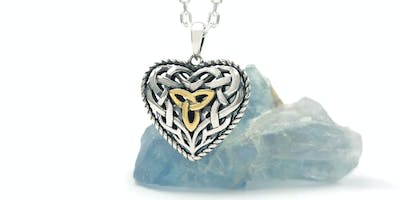
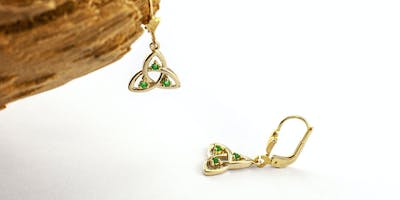

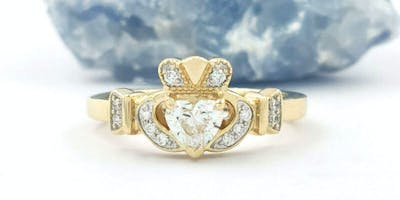
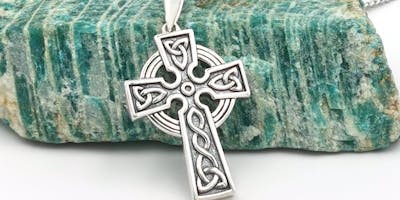

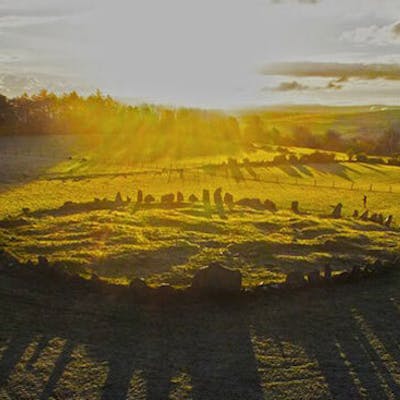
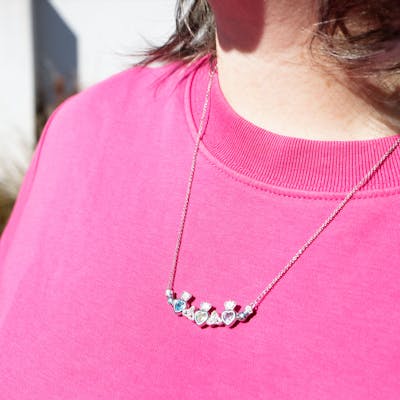


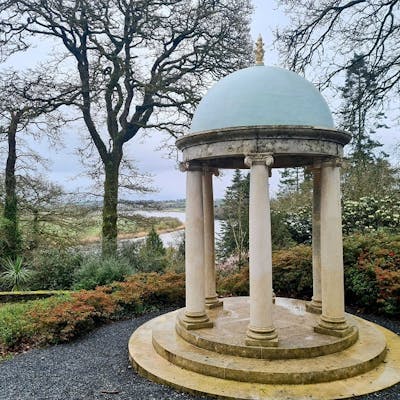
 Ask Gemma
Ask Gemma